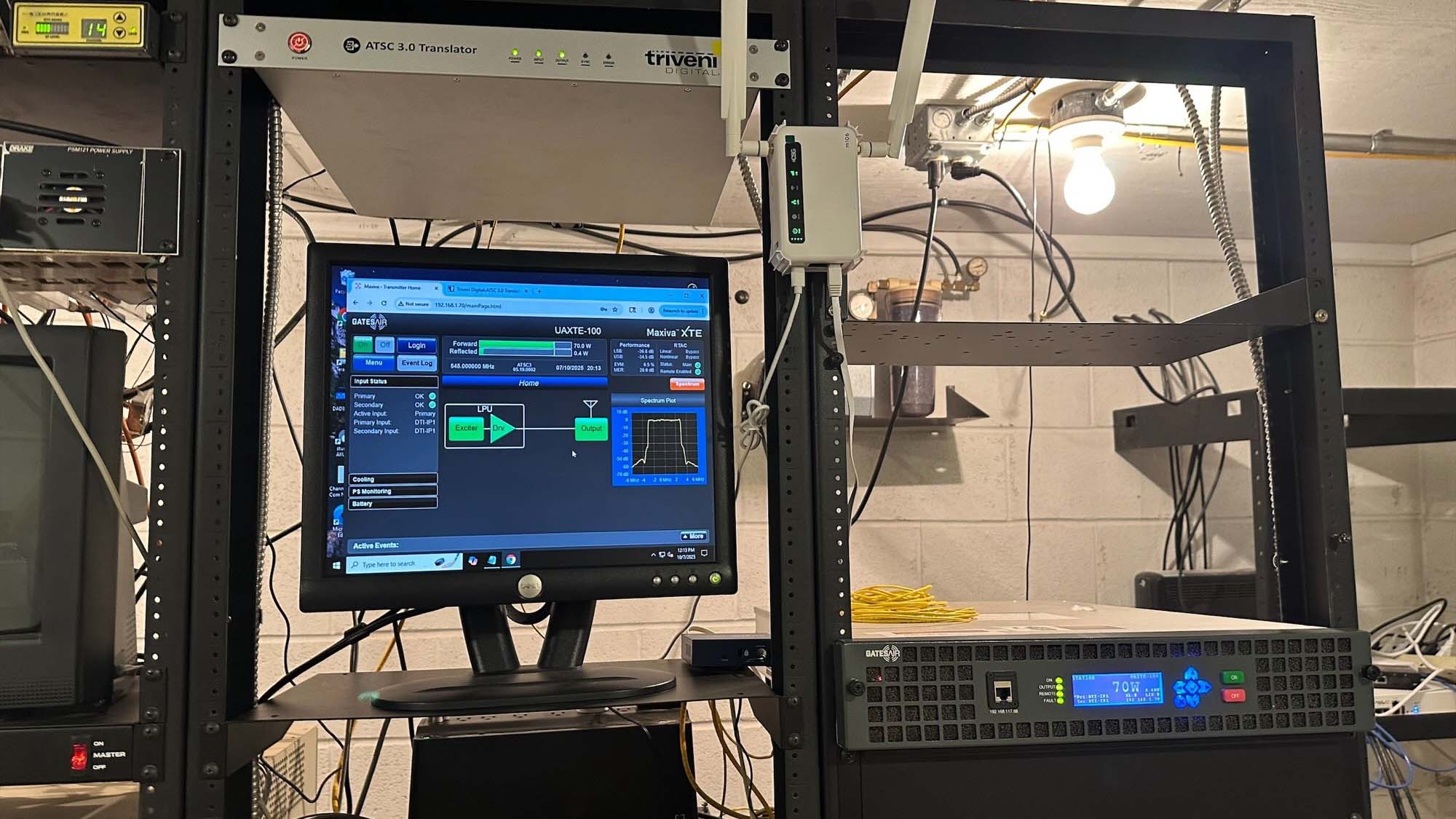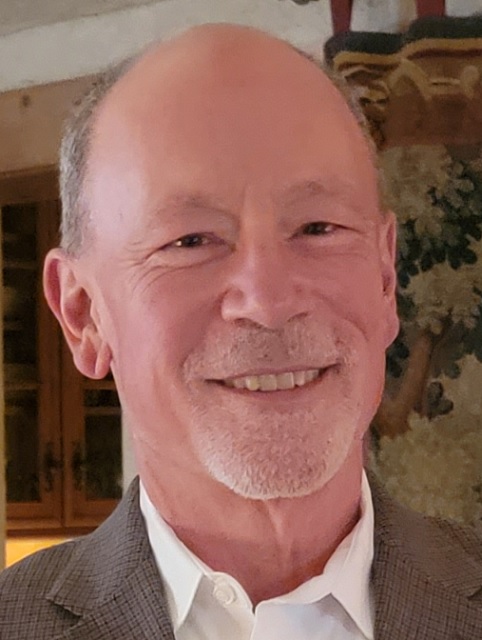Oklahoma Community Television Overcomes ATSC 3.0 Translator Challenge
Griffin Media division combined SRT with tech from GatesAir and Triveni Digital

CINCINNATI—Oklahoma Community Television (OCT) has selected GatesAir and Triveni Digital as key technology partners in an ATSC 3.0 deployment that establishes a cost-efficient networking model for low-power transmission sites through a convergence of RF and IP technology.
The successful proof-of-concept offers a basis for developing future means for a translator transition to ATSC 3.0, the companies said.
Developed by Jack Mills, general manager of OCT, a division of broadcast group Griffin Media, the networking innovation brings the SRT protocol directly into the RF infrastructure featuring GatesAir transmitters though interoperability with advanced signaling technology from Triveni Digital.
Commonly deployed in live production scenarios, SRT ensures secure and reliable transport of video and audio content with very low latency, with built-in protections to maintain performance across unpredictable IP networks. Broadcasters often deploy SRT over managed fiber connections to maintain broadcast-quality standards. For very distant locations lacking fiber connections, the expense of running lines is often cost-prohibitive.
Mills faced this challenge with at least one OCT translator and inspired him to engineer a solution. Following a thorough testing phase, Mills successfully deployed ATSC 3.0 services to two new GatesAir Maxiva UAXTE-100 translators installed in August. The first stage carries the NextGen TV broadcasts of five Oklahoma City network affiliates over a 90-mile distance.
The five-station feed originates from Nexstar Media Group-owned KAUT-TV’s ATSC 3.0 Lighthouse site to OCT’s translator site in Strong City, Okla., leveraging SRT transport over existing fiber and IP connections. The SRT signal is processed through equipment from DTV Innovations and transmitted locally through the UAXTE-100 on Channel 29.
The much greater challenge was preparing those same services for a second translator site in Elk City, Okla., with no existing microwave, fiber or wired connectivity. Mills favored an off-air RF hop from the Strong City site, which required a solution to regenerate ATSC 3.0 signals for broadcast over a different RF channel.
The professional video industry's #1 source for news, trends and product and tech information. Sign up below.
He ultimately found the Triveni ATSC 3.0 Translator to be a reliable, cost-efficient solution to decode and regenerate the signal for broadcast on Channel 26, reducing equipment costs. The ATSC 3.0 Translator receives and regenerates the signal, applies a unique DRM signature for legal broadcast rights management and hands it off to the GatesAir translator in Elk City, which delivers the ATSC 3.0 feed at 120 W.
“The United States has a very large installed base of approximately 5,000 LPTV and translators operating today. The recent interest in mandating ATSC 3.0 will force many broadcasters to make decisions with their translators: find an affordable way for translators to transmit in ATSC 3.0, or eventually go dark,” said Mills, who is also president of the National Television Association.
“In addition to the transmission, translator operators use microwave systems, some form of IP, fiber and OTA over mountainous terrain and very long distances to reach their translator sites. Our approach proves that affordable IP solutions and OTA can reliably feed ATSC 3.0 signals.”
Triveni ATSC 3.0 Translator integrates seamlessly with OCT’s existing filters, antennas and lines, Mills added, requiring no changes or additional investments in the RF infrastructure. Mills said he is actively exploring the deployment of auxiliary ATSC 3.0-ready services over the same two hops, including a Broadcast Positioning System (BPS) implementation for accuracy and timing.
More information is on the GatesAir and Triveni Digital websites.
Phil Kurz is a contributing editor to TV Tech. He has written about TV and video technology for more than 30 years and served as editor of three leading industry magazines. He earned a Bachelor of Journalism and a Master’s Degree in Journalism from the University of Missouri-Columbia School of Journalism.

